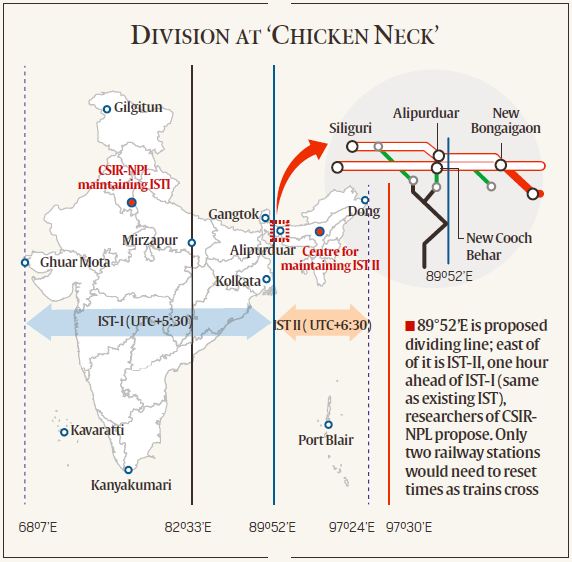7667766266
enquiry@shankarias.in
Why in news?
A proposal for two time zones has come from the Council of Scientific & Industrial Research’s National Physical Laboratory (CSIR-NPL).
How is time defined and maintained?
What is the case with India?

What is the recent proposal?
What is the rationale?
Source: Indian Express